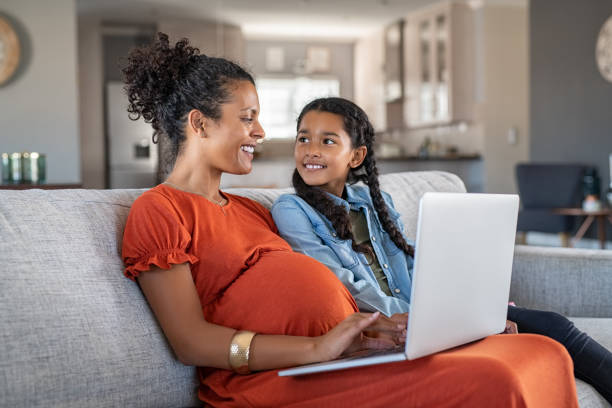
Nothing calms a restless infant or prevents them from falling asleep faster than some gentle white noise. If you’re worried about your infant getting reliant on a white noise machine, you’re not alone; many parents ask when the ideal moment is to wean their child off of utilising white noise to fall asleep. However, after reading this post, you won’t have to be concerned: we’ll tell you when you should stop using white noise for your infant, as well as some useful ideas on how to use white noise properly.
Things You Should Be Aware Of
When your baby is a toddler, or between the ages of 2 and 4, stop utilising white noise.
Wean your infant off of white noise gradually by lowering the level and the amount of time you play it.
White noise is safe for newborns if the decibel level does not exceed 50. (or around medium volume).
When is it time to cease utilising white noise?
When their child is a toddler, most parents stop using white noise.
This might be anywhere between 2 and 4 years old for your child.
There are no hard and fast rules on when your infant should stop listening to white noise, and many older children and adults like it as well. If you’re concerned about your kid getting reliant on it, gradually wean them off of it after they’re sleeping through the night more frequently.
Weaning Your Infant Off of White Noise
Reduce the amount of time you use the white noise machine gradually.
It is preferable to wean your kid off of white noise gradually rather than abruptly. Instead of leaving the white noise machine running all night, merely leave it on for a few hours. Your infant may wake up the first few times, but after a few attempts, they will automatically fall back asleep.
You may also experiment with progressively reducing the volume of the white noise machine so that it becomes quieter and quieter.
How to Make Safe Usage of White Noise
Lower the loudness to less than 50 decibels.
Your white noise machine, at 50 decibels, is safe for baby to listen to, even if it runs all night. You won’t be able to accurately measure 50 decibels, but this is around a medium volume level for most white noise devices.
White noise devices are typically harmless, although many of them may be as loud as a hair dryer at 85 decibels. Too much exposure to a white noise machine might result in long-term hearing loss.
The general guideline here is to never use the white noise machine at full volume, since this will be far too loud.
Keep your infant as far away from the white noise machine as possible.
The closer the equipment is to your kid, the more probable it will be excessively noisy. Specialists recommend keeping the white noise machine at least 7 feet (2.1 metres) away from your kid, and even further if possible.
When your infant is sleeping, just use white noise
Keeping white noise on all the time might be harmful to your baby’s growth. Natural background noise, such as people chatting, children playing, and automobiles blaring, is essential for your newborn. White noise might be disturbing for your infant if you drown out these noises, so use it carefully.
It’s acceptable to leave the white noise machine on all night as long as it’s loud enough and far enough away from your baby’s cot.
Best White Noise Generators for Babies
LectroFan EVO
The LectroFan EVO white noise machine has been around for a long time. It not only generates white noise, but it also makes heartbeat sounds and other relaxing noises that are ideal for newborns.
Dohm Yogasleep
The Yogasleep Dohm emits a real fan noise, as well as pink and brown noise (making it suitable for adults). Its relaxing tones are sometimes compared to the ocean or putting a seashell to your ear.
Pink Noise vs.
White Noise
White noise is preferable for newborns, whereas pink noise is preferable for adults.
While there have been several research on white noise for newborns, the only studies on pink noise have been conducted on adults. Pink noise has been demonstrated to aid adult memory when sleeping and is somewhat lower-pitched than white noise.
You’ve probably heard of brown noise (sometimes called red noise). Brown noise, which sounds like rain or a waterfall, has been demonstrated to benefit persons with ringing in their ears. Unfortunately, no research has been conducted on its effect on sleep.
References
Loud Noise and Pregnancy
COVID-19 in Pregnancy: A Current Review of Global Cases
Cerclage Use: A Review of 3 National Guidelines
Opioid Use in Pregnancy: A Review
White noise facilitates new-word learning from context
